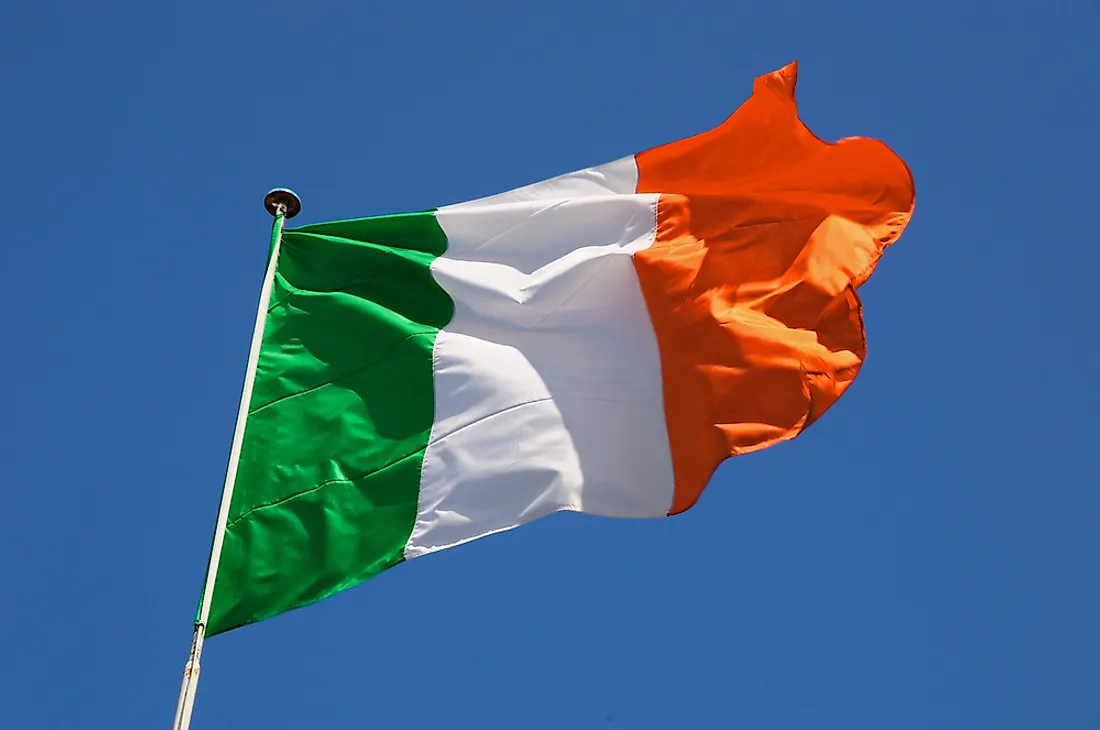What Was the Irish Free State?

The Irish Free State was the original name given to the present-day Republic of Ireland after winning independence from Britain. The Irish Free State was made up of 26 counties out of the 32 counties on the island of Ireland. The Irish Free State was formed on December 6, 1921, after an Anglo-Irish treaty was signed by both Irish and British representatives in London. The state existed between 1922 and 1937 and was initially significant in bringing an end to the three-year War of Independence. The War of Independence was fought between the self-proclaimed Irish Republic, the British Crown forces and the Irish Republican Army (IRA).
Significance of the Anglo-Irish Treaty
The Irish Independence movement was greatly skewed by the treaty to set up the Irish free state. The signing of the treaty in December 1921 resulted in a split among the independence movement with those opposed demanding for greater sovereignty. Those who supported the treaty maintained that it would lead to greater independence and self-rule through peaceful methods.
The continued disagreement between the two sides resulted in a bloody civil war that lasted for a short while and which was ultimately won by the forces of the free state. The free state forces were led by Cumman na nGeadheal. The Republican side, however, was sidelined for a while until 1932 when they joined the government under the stewardship of Éamon de Valera. Once in government, the Republican side went on to rule for the following 16 years. This also resulted in a significant change to the constitution of Ireland which replaced the initial Irish Free State constitution. Upon achieving a new constitution, Ireland was declared as an independent, sovereign and democratic state. The Irish Free Sate was renamed Eire which essentially is the Republic of Ireland. However, The Irish Free state was still linked to the larger British empire as a member of the Commonwealth. The Republic of Ireland remained neutral during the Second World War and severed remaining ties with Britain in 1949. The Republican side of the independence movement, who had supported the treaty, became Northern Ireland.
The Consequences
The Northern counties were still ruled by Britain. To regain these northern states, the IRA, which was outlawed in the Free State, began to work underground. This resulted in continuous conflict over Northern Ireland. The conflict erupted between Protestants and Catholic and peaked in the 1970s. The violence resulted in about 3,000 deaths and finally came to an end in 1998 with the Good Friday Agreement between Ireland and Britain.











